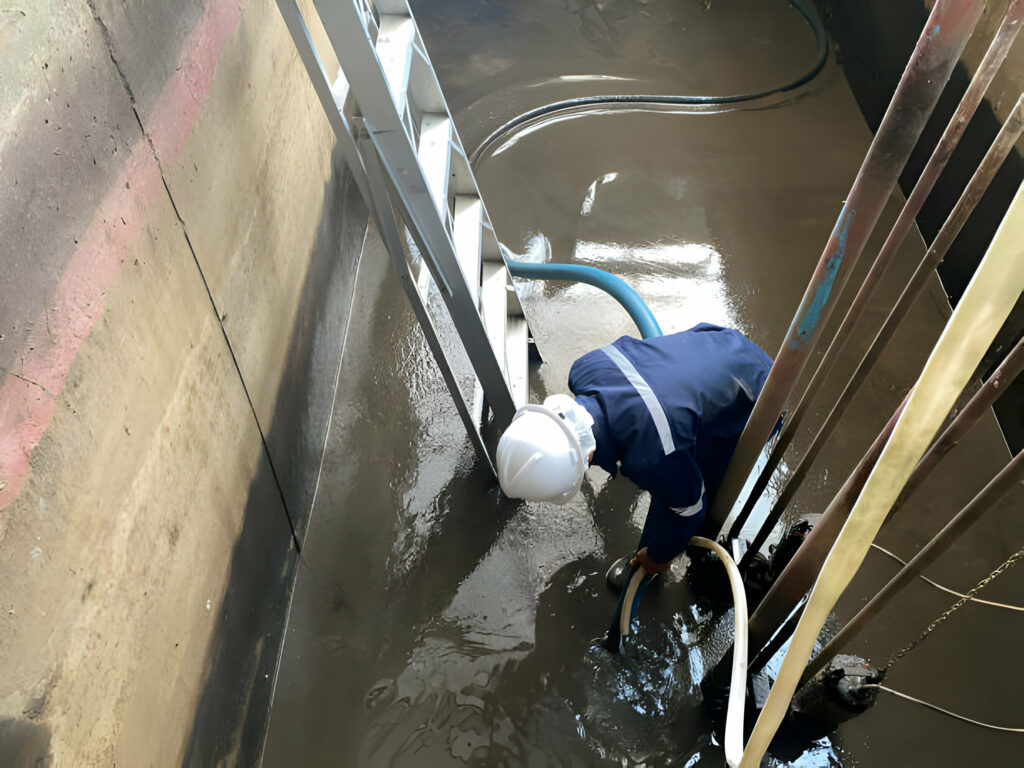
Underwater construction is a cornerstone of modern infrastructure, enabling the creation of bridges, tunnels, oil rigs, wind farms, subsea pipelines, and communication cables. As populations grow and the demand for maritime transport, offshore energy, and global connectivity increases, the challenges of building beneath the ocean’s surface have driven engineers to develop cutting-edge solutions. From robotics to advanced materials, underwater construction is undergoing a transformation fueled by innovation.
In this article, we explore the latest technologies, methods, and design advancements reshaping how we build in the deep.
1. Robotics and Remote Operations
Remotely Operated Vehicles (ROVs) and Autonomous Underwater Vehicles (AUVs)
ROVs and AUVs have revolutionized subsea construction by performing tasks too dangerous or deep for human divers. These robotic systems are used for:
- Inspection and survey of underwater sites.
- Manipulation and installation of components.
- Real-time monitoring and maintenance of subsea infrastructure.
ROVs are typically tethered to a surface vessel and piloted by humans, while AUVs operate autonomously using pre-programmed instructions and onboard sensors. These vehicles reduce risk, improve precision, and increase operational efficiency in deep-water projects.
2. Advanced Materials for Subsea Structures
High-Performance Concrete and Corrosion-Resistant Alloys
Materials used in underwater environments must withstand extreme pressure, saltwater corrosion, and temperature fluctuations. Innovations in this area include:
- Self-healing concrete, which uses embedded bacteria or chemical agents to seal cracks over time.
- Fiber-reinforced concrete, which enhances durability and reduces structural fatigue.
- Duplex stainless steels and composite materials, which offer excellent corrosion resistance for components like pipelines, anchors, and structural supports.
These advancements prolong the lifespan of subsea structures while reducing maintenance costs and environmental risk.
3. Immersed Tube and Bored Tunnel Technology
Immersed Tube Tunnels (IMTs)
IMTs are prefabricated tunnel sections placed in a dredged trench on the seabed, then covered and sealed. This method is used in projects like the Øresund Link between Denmark and Sweden.
Tunnel Boring Machines (TBMs) for Subsea Projects
Modern TBMs are designed to operate under high-pressure underwater conditions and have been critical in mega-projects like the Channel Tunnel. Innovations in TBMs now include:
- Pressurized face technology, which balances water pressure to prevent collapse.
- Automated navigation systems, allowing for more precise excavation.
4. Modular Construction and Prefabrication
Prefabricated elements, such as tunnel segments, caissons, and bridge components, are manufactured onshore and transported to the construction site by barge or specialized vessels.
Benefits of Modular Construction:
- Reduced underwater assembly time.
- Enhanced quality control in a controlled environment.
- Lower environmental disruption at the seabed.
This approach accelerates timelines and reduces risk in marine environments.
5. Smart Monitoring and Structural Health Technologies
Sensor Integration and Real-Time Data
Innovative monitoring systems now integrate:
- Fiber optic sensors for measuring strain, temperature, and movement.
- Acoustic sensors to detect underwater vibrations and potential hazards.
- IoT-based platforms that transmit real-time data to project managers and engineers.
These technologies enable proactive maintenance, early detection of structural issues, and data-driven decision-making.
6. Eco-Conscious Construction Techniques
Minimizing Ecological Impact
As concern for marine ecosystems grows, innovations in construction methods aim to reduce environmental harm:
- Bubble curtains to dampen construction noise and protect marine mammals.
- Eco-concrete and reef-friendly materials to support marine biodiversity.
- Habitat-sensitive dredging and precision anchoring to minimize seabed disturbance.
Projects are increasingly required to include environmental monitoring and restoration programs as part of their lifecycle.
7. Digital Twin Technology in Subsea Engineering
A digital twin is a real-time digital replica of a physical asset or system. In underwater construction, digital twins are used for:
- Simulating underwater conditions before construction.
- Monitoring the performance of submerged structures.
- Enhancing lifecycle management and maintenance planning.
Combined with AI and machine learning, digital twins allow engineers to forecast wear and optimize operational efficiency.
Conclusion: The Future of Subsea Construction
Engineering in the deep is no longer confined to traditional techniques. Thanks to a wave of innovation in robotics, materials science, environmental stewardship, and digital technology, the underwater construction industry is becoming smarter, safer, and more sustainable.
As demand grows for offshore energy, global internet connectivity, and resilient coastal infrastructure, these innovations will be essential to meeting the needs of the 21st century—at depths once thought unreachable.
